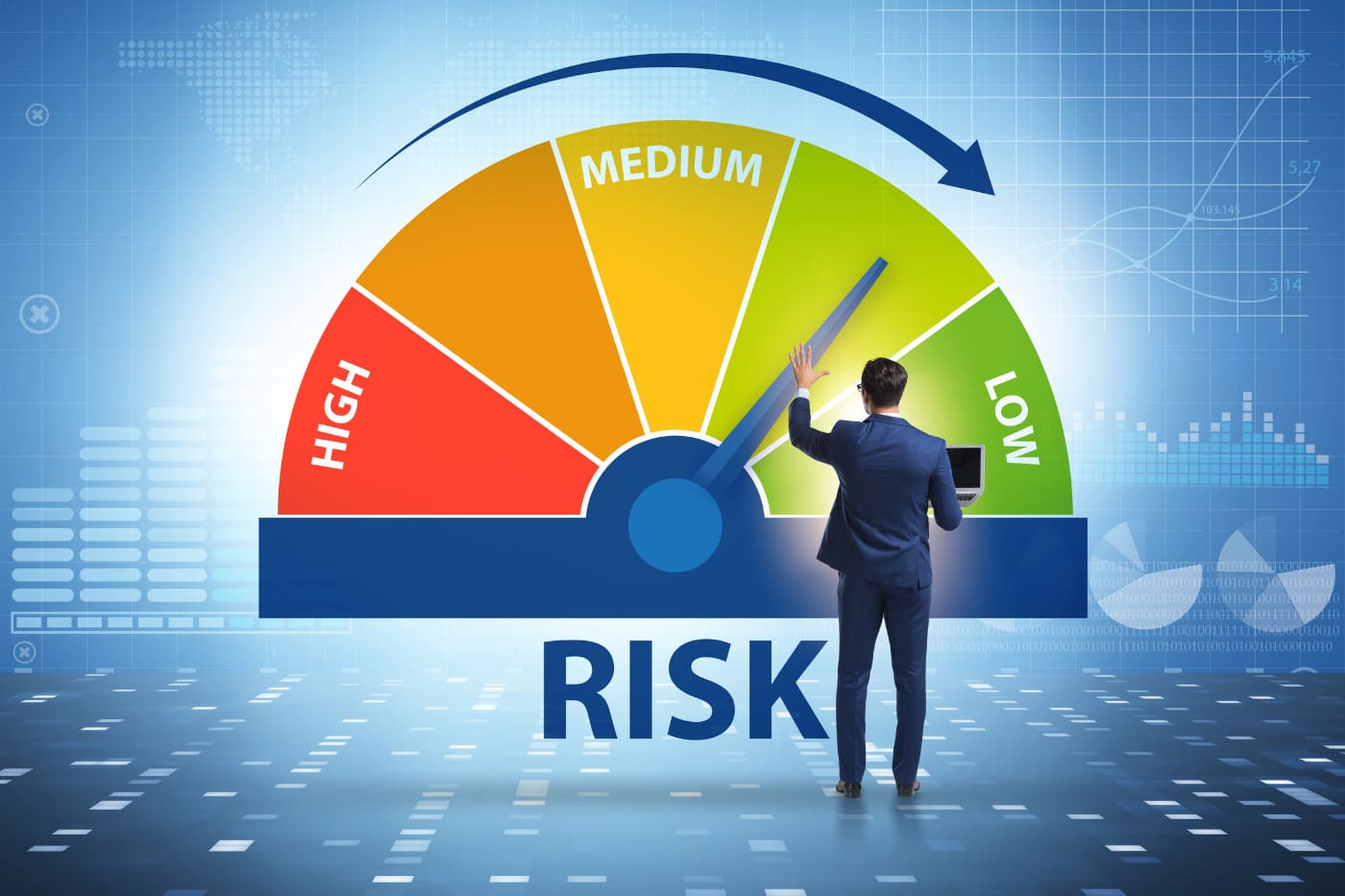Imaging Equipment Protection insurance is the rapidly advancing field of medical imaging, technology plays a pivotal role in diagnosis, treatment, and research. As healthcare providers invest heavily in state-of-the-art imaging equipment, the need for comprehensive protection becomes paramount. Imaging equipment, ranging from MRI machines to X-ray systems, is not only technologically intricate but also comes with a hefty price tag. To mitigate the financial risks associated with equipment damage, theft, or unforeseen events, healthcare facilities must invest in robust insurance coverage. This article explores the critical aspects of ensuring imaging equipment protection insurance to safeguard these invaluable assets.
The Importance of Imaging Equipment Protection Insurance
-
Financial Safeguard
One of the primary reasons to invest in imaging equipment protection insurance is to provide a financial safety net. The replacement or repair costs of medical imaging devices can be exorbitant, and without adequate insurance, these expenses can severely impact a healthcare facility’s budget. By having a comprehensive insurance policy in place, organizations can minimize the financial burden and ensure continued operation in the event of equipment damage or loss.
-
Operational Continuity
Imaging equipment is integral to the seamless functioning of healthcare facilities. Any downtime due to equipment failure can disrupt patient care, diagnosis, and treatment plans. Imaging equipment protection insurance not only covers repair or replacement costs but may also include provisions for temporary equipment rental, ensuring that healthcare providers can maintain operational continuity even during equipment downtime.
Types of Imaging Equipment Protection Insurance
-
Property Insurance
Property insurance is a fundamental component of protecting imaging equipment. It covers damage or loss caused by various perils, including fire, water damage, vandalism, and natural disasters. Understanding the specific risks associated with the facility’s location is crucial in tailoring property insurance to adequately address potential threats.
-
Equipment Breakdown Insurance
Imaging equipment is sophisticated and prone to technical malfunctions. Equipment breakdown insurance provides coverage for repairs or replacements necessitated by mechanical failures, electrical issues, or operator errors. This type of insurance is essential for maintaining the reliability of imaging devices and preventing prolonged downtime.
-
Business Interruption Insurance
In the event of equipment damage or breakdown, the financial ramifications extend beyond repair or replacement costs. Business interruption insurance compensates for the revenue lost during the downtime, helping healthcare facilities recover financially while maintaining essential services. This type of insurance is particularly valuable for facilities heavily dependent on imaging services for their revenue stream.
-
Cyber Insurance
With the increasing digitization of healthcare records and imaging data, the risk of cyber threats has escalated. Cyber insurance protects against data breaches, ransomware attacks, and other cyber threats that could compromise the integrity of imaging equipment and patient information. Given the sensitive nature of healthcare data, having robust cyber insurance is imperative.
Key Considerations When Selecting Imaging Equipment Protection Insurance
-
Coverage Limits and Exclusions
Before committing to an insurance policy, healthcare facilities must thoroughly review coverage limits and exclusions. Understanding the scope of coverage and potential limitations is crucial for making informed decisions about the adequacy of the insurance policy.
-
Deductibles and Premiums
Balancing deductibles and premiums is a delicate process. While higher deductibles can result in lower premiums, facilities must assess their risk tolerance and financial capacity to cover potential out-of-pocket expenses. Striking the right balance ensures cost-effectiveness without compromising coverage.
-
Provider Reputation and Financial Stability
Choosing a reputable insurance provider with a history of reliability is essential. Facilities should conduct thorough research on the financial stability, customer reviews, and claims processing efficiency of potential insurance providers to ensure a smooth and reliable partnership.
-
Customization Options
Not all healthcare facilities have the same needs, and imaging equipment protection insurance should be customizable to address specific requirements. Look for policies that allow customization based on the types of imaging equipment, facility size, and potential risks unique to the location.
-
Regulatory Compliance
Healthcare facilities must ensure that the selected insurance policy complies with relevant regulatory requirements. Failure to meet regulatory standards could result in legal complications and financial penalties.
Best Practices for Maximizing Imaging Equipment Protection
-
Regular Maintenance and Inspections
Prevention is often the best form of protection. Regular maintenance and inspections of imaging equipment can identify potential issues before they escalate into major problems. Insurance providers may offer incentives or reduced premiums for facilities that implement proactive maintenance practices.
-
Employee Training
Human error is a significant factor in equipment breakdowns. Comprehensive training programs for staff operating imaging equipment can reduce the likelihood of errors and contribute to the longevity of the devices. Insurance providers may offer discounts for facilities with well-trained and certified staff.
-
Security Measures
Implementing robust security measures can mitigate the risk of theft and vandalism. Surveillance systems, access control measures, and secure storage facilities contribute to a safer environment for imaging equipment. These security measures may positively impact insurance premiums.
-
Risk Management Strategies
Developing and implementing effective risk management strategies can help healthcare facilities identify, assess, and mitigate potential risks to imaging equipment. Insurance providers may collaborate with facilities to enhance risk management practices, ultimately reducing the frequency and severity of claims.
Case Studies: Real-World Examples
-
Hospital A: Mitigating Financial Risks Through Comprehensive Insurance
Hospital A, a large medical facility, invested in a comprehensive imaging equipment protection insurance policy that included property insurance, equipment breakdown coverage, and business interruption insurance. When a severe flood damaged their MRI machine, the insurance coverage facilitated prompt repairs and covered the revenue lost during the downtime, ensuring minimal financial impact on the hospital’s operations.
-
Imaging Center B: Cyber Insurance Saves the Day
Imaging Center B, a specialized diagnostic imaging center, fell victim to a ransomware attack that encrypted their patient data and temporarily rendered their imaging equipment unusable. Thanks to their cyber insurance coverage, the center was able to recover the encrypted data, restore operations swiftly, and mitigate potential reputational damage.
Conclusion on Imaging Equipment Protection insurance
Investing in imaging equipment protection insurance is a strategic and financial imperative for healthcare facilities. The sophisticated nature of medical imaging devices, coupled with the constant evolution of cyber threats, underscores the need for comprehensive coverage. By carefully selecting insurance policies, implementing risk management strategies, and prioritizing preventive measures, healthcare providers can ensure the longevity and reliability of their imaging equipment while safeguarding their financial stability. In an era where technological advancements are driving healthcare forward, robust insurance coverage is the key to maintaining the continuity of essential imaging services






